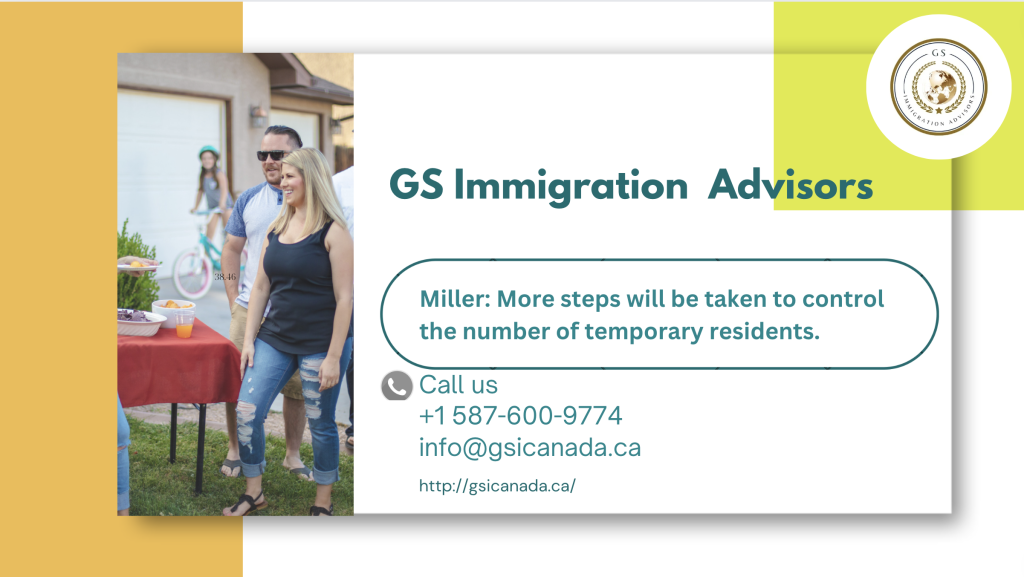
The Minister of Immigration, Refugees, and Citizenship, Marc Miller, recently spoke with news agency Reuters about a “suite of measures” that will be implemented to further restrict non-permanent residents (those with study or work permits) in Canada.
Miller claims that upcoming actions “may involve modifications to [Post-Graduation Work Permits (PGWPs)] and enforcement.”
“The days of unrestricted immigration schemes into this nation are rapidly drawing to an end. “This is a significant change,” Miller remarked in the interview.
What modifications to the PGWP are under consideration?
In order to get input on potential modifications to the PGWP, Immigration, Refugees and Citizenship Canada (IRCC) distributed surveys to important post-secondary education stakeholders in June.
This poll and the Deputy Minister Transition Binder 2024 indicate that the department is thinking about coordinating PGWP issuance with labor market requirements. The department’s role would be to oversee “students entering occupations in shortage, while reducing access for graduates from other programs” in terms of work permit management.
The poll additionally disclosed that the IRCC and Employment and Social Development Canada (ESDC) collaborated to associate job titles (as classified by the National Occupation Classification (NOC) system) with educational programs (as described in the Classification of Instructional Programs (CIP)). To further clarify, the IRCC survey cites the example of pertinent NOCs for “carpenters” that are associated with “three programs of study: woodworking/general, carpentry, and construction trades.”
A component of a larger scheme
The first-ever goal for non-permanent resident temporary residents (NPR) levels was revealed earlier this year by the IRCC and was to be incorporated into the immigration levels strategy for this year. In line with this announcement, the IRCC planned to lower NPR levels in order to stabilize the percentage of these recent immigrants in the Canadian population at 5% during the following three years. In April of last year, NPRs accounted for about 7% of the population.
The IRCC has already put in place a two-year quota on international students as part of this strategy, limiting the total number of new post-secondary enrollment to 292,000 this year. In 2025, this cap will be reexamined, and the numbers of international students may change for that year.
Furthermore, Minister Miller has stated that he intends to increase the number of “domestic draws” for both federal and provincial permanent residence (PR) pathways. This effectively means that fewer TRs will be allowed to remain in Canada by giving them priority over new PRs from overseas, which could worsen the housing and affordability issues that have been linked to immigration.
All of these actions are being taken at a time when Canadians are more interested in immigration than ever before. According to Miller in the Reuters interview, “[Immigration will be] a top issue, if not the top issue, in the next election.”
